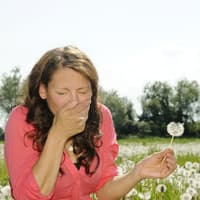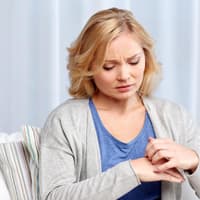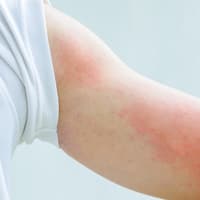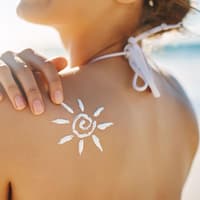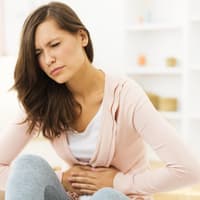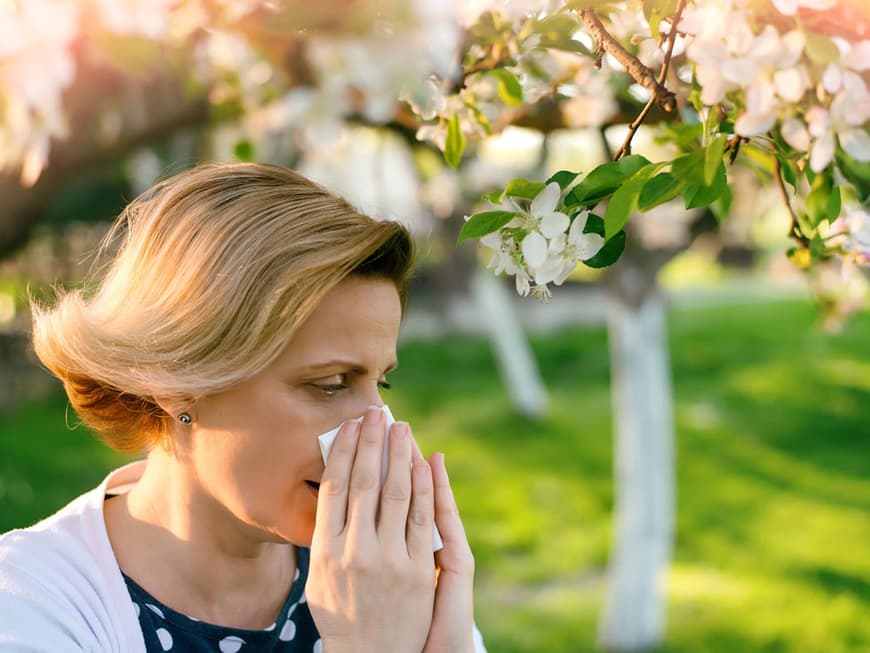
According to figures from the Robert Koch Institute, around 15 percent of adults and ten percent of children in Germany are affected by hay fever. 8.6 percent of the population even have asthma caused by a pollen allergy.
Causes of allergies
Attacks of sneezing up to 20 times in a row, red, burning, watery and itchy eyes, a runny nose and itchy throat and nose - these are the most noticeable symptoms of pollen allergies. Those affected often also feel exhausted and complain of a heavy head. Many have the feeling of being really ill during the acute hay fever season. Sometimes even fever is possible with hay fever. However, these symptoms only occur when the patient is in the vicinity of the allergenic pollen.
The signs are often misinterpreted, as a real cold feels very similar. In children in particular, the symptoms are difficult to distinguish from a cold. This is why parents should take their child to an allergist to have them tested if in doubt.
Cause: How does a pollen allergy develop?
Allergies occur when the immune system classifies harmless substances as dangerous and then fights them with all its might. These substances are called allergens. Our immune system forms antibodies against this supposed threat. These dock onto the so-called mast cells, which are responsible for wound healing and immune defense. The next time we come into contact with pollen, these cells are stimulated to release inflammatory substances such as histamine. And histamine, in turn, is responsible for the typical symptoms. Allergies usually develop over several years; even 50-year-olds can still get hay fever.
Triggers for the reaction
The immune system recognizes certain proteins in the pollen as harmful pathogens. They are mainly found in pollen that flies with the wind: These include birch, alder, hazel, rye, poplar and grass pollen. The plants release huge quantities of pollen. Just one ear of rye sends over four million pollen grains into the air, which can spread up to 400 kilometers. People who are allergic to birch and hazelnut often cannot tolerate carrots, apples or nuts during flowering. Grass pollen allergy sufferers react to peppers and parsley. This is called cross-allergy. Heating or freezing destroys the allergens.
Treatment of pollen allergy
According to doctors, those affected by a pollen allergy can do a lot wrong if they treat themselves on their own: The medication is underdosed or even overdosed or has side effects. In addition, if the pollen allergy is treated incorrectly or not at all, it can shift - hay fever can then become asthma. This is known as a "change of stage".
An allergist can make an exact diagnosis and prescribe the appropriate medication. Self-medication is also safer after consulting your doctor. For mild symptoms, nasal sprays and eye drops are usually sufficient to help with a blocked nose and itchy, watery eyes. Juices, drops, sprays and nasal oils with essential oils of myrtle or eucalyptus loosen the mucus in the nose and bronchial tubes and normalize secretion formation.
If these measures are not enough to alleviate the symptoms, the doctor may also prescribe other medication to combat hay fever from the inside. However, you can only get rid of this allergy for good with so-called hyposensitization. This works like a vaccination: the doctor administers the triggering allergens in mini doses over three to five years so that the immune system becomes accustomed to them - and no longer fights them. This can be done by injection, with drops or with tablets that are placed under the tongue.
What helps during hay fever season?
Unfortunately, there is no sure way to prevent sufferers. The best thing to do is to avoid exposure to pollen in the first place and stay indoors. If you have to drive: The windows should remain closed. The garage can also install special pollen filters. Sunglasses protect your eyes, and if you regularly rinse your nose with salt water, you can simply shower away the annoying allergens - and take care of your mucous membranes at the same time.
SOS tips for pollen allergies
In the city, ventilate between 6 a.m. and 8 a.m., when the pollen concentration is lowest, in the countryside between 8 p.m. and midnight. To prevent pollen from entering the room: A special window screen (DIY store) keeps the pollen out.
After spending time outdoors, you should take a shower, as pollen settles in your hair and clothes. Do not take your clothes off in the bedroom.
You may also be interested in this:
Allergy alert: What helps against hay fever?
Allergies in spring: When everything suddenly itches and burns
Allergy treatment: Expert tips to combat the symptoms
House dust allergy: symptoms, triggers and treatment
First aid for asthma attacks
Putting an end to allergies: Nanoparticles against intolerances


